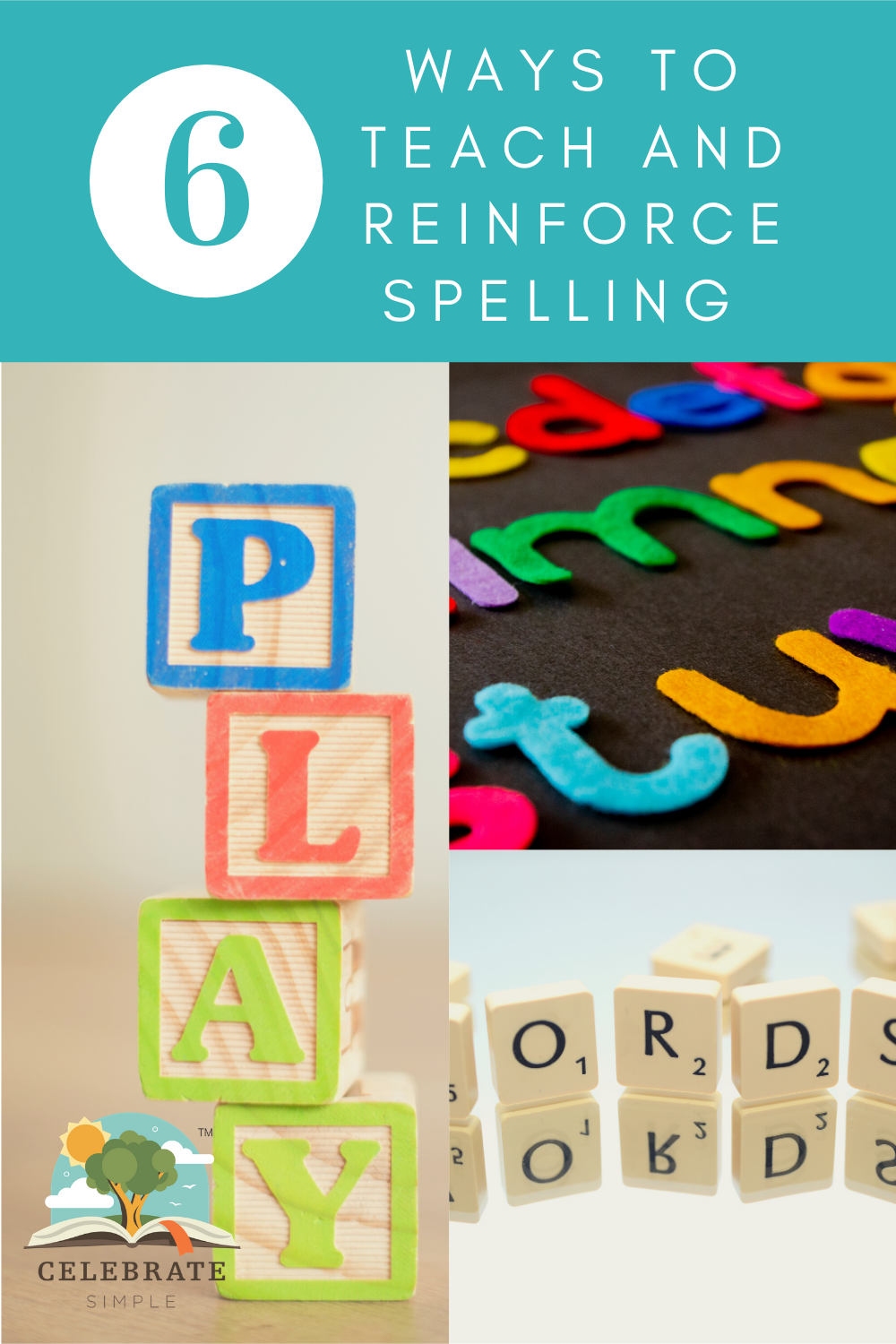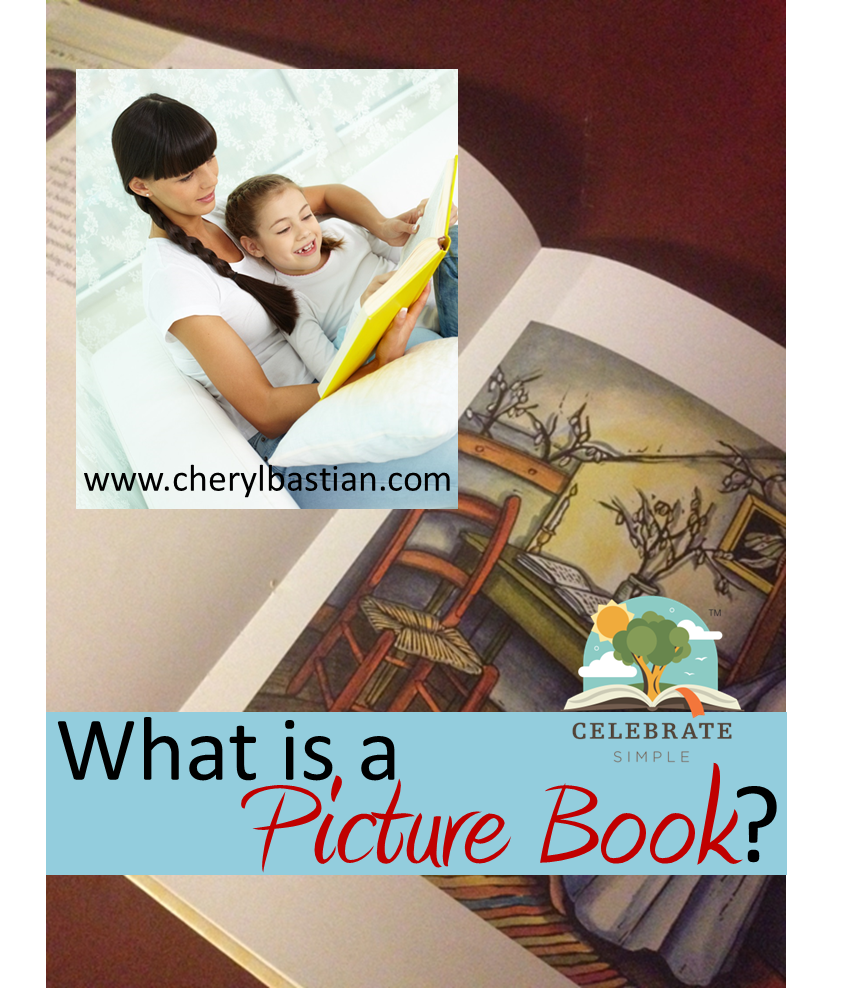Considering homeschooling history?
These biography series may be used to supplement a curriculum or be combined organically with experiential learning opportunities—museums, art projects, dioramas, co-op classes, re-enactments, or tours—to create-your-own history unit studies based on the age and interests of the learner.
Early elementary learners
A Picture Book of….
David A. Adler’s been writing biographies for decades. His treasures were among the first of our biography discoveries when our oldest was a Kindergartener asking to learn about the people he’d heard mentioned in conversation—George Washington, Abraham Lincoln, Louis Braille. More readily more available in the library then some of our other finds, these books invited us to look closely at the illustrations and listen carefully to the text—formatted as picture books with detailed illustrations. Mr. Adler’s books are a great means to introduce children to presidents, heroes, inventors, and world-changers. We’ve added these to our home library as we find them at thrift stores and garage sales. We’ve read and enjoyed:
A Picture Book of Daniel Boone
A Picture Book of George Washington
A Picture Book of Helen Keller
A Picture Book of Lewis and Clark
A Picture Book of Louis Braille
A Picture Book of John and Abigail Adams
A Picture Book of Paul Revere
A Picture Book of Thomas Alva Edison
and more on listed on his site.
We’ve LOVED these books, again, featuring real people with whom young children are familiar or have heard mention: John F. Kennedy, Thomas Jefferson, Benjamin Franklin and more! Written on the first to second grade reading comprehension level, these gems make great read-alouds. For us, these read-alouds equate to more than history. Reading them, we saw learning strides in vocabulary development and comprehension. They also prompted discussions about geography. In addition, some of our learners used the contents for copy work to practice handwriting. The larger font and line spacing of the text, hardcovers and chapters, make these books a welcomed treat for young eyes as well as reluctant or late readers. Step-Up books are equally rewarding for middle to upper grade elementary. The titles are out-of-print, but worth searching for and adding to the home library. You can read more about this series here.
Once our children read independently, these books allow for fast, quick, and satisfying gains in fluency. Hardcovers divided into chapters, these books give children a feel and satisfaction for reading “real books”. These well-written biographies begin with the main character’s early childhood and continue through adulthood, providing insight to historical events and geographical influences that impacted their lives. Though fluent second graders could read the books in this series, middle to late elementary learners also love them, especially in situations where gaining fluency and independent reading skills are goals. These are definitely some our most loved biographies for reading aloud (I often hear, “Just one more chapter!”) and independent reading. Out of print but great adds to the home library. You can learn more here.
Early to Middle Elementary
First published in the 1940s and reprinted several times in both hardcover and paperback, these titles have spanned generations of readers. I remember having these available in my elementary school library and likewise my children have chosen these treasures from our home library shelves. Though these biographies are fictionalized, there is merit to the content as it places individuals, and their impact on America and the world, in the minds of learners. These biographies definitely invite children to dig deeper as often the book tells of the childhood and growing up years with a chapter or two at the end focusing on the contributions made as an adult. For more information, you can read this blog post. Occasionally, have these available in my store.
Who IQ
This series began in 2002 and with over 200 titles, this series is easier to find at the local libraries. We’ve enjoyed many of the ones we’ve read and had many great conversations when content provided a different perspective. In our discussions, we’ve talked about interconnected concepts in history, science, geography, and even theology. Great read-alouds and independent reads for upper elementary and even younger middle schoolers. Like the Childhood of Famous Americans, I have some of these titles available in my store.
If You (history-related, not biographies but work in tandem well)
This non-fiction series, though not biographical, has been a welcomed addition to our elementary history studies. The books offer color illustrations and answer questions children may ask about specific eras and events. This series definitely rounds out our history units.
If You Grew Up with George Washington
If You Lived in Colonial Times
If You Sailed on the Mayflower
If You Traveled West in A Covered Wagon
If You Were There When They Signed the Constitution
Middle to Late Elementary
Margaret Davidson Biographies
Middle elementary readers love Margaret Davidson biographies. These engaging, short chapter books enable young readers to devour a book in a day or a few, offering a sense of accomplishment and the personal satisfaction of "I did it!" Thankfully, unlike many older biography series, some libraries are keeping Margaret Davidson treasures on the shelves, making them readily available--at least for now! Check out your library. Maybe you will find on these gems living on the shelves. If so, borrow it!
Margaret Davidson penned the stories of world changers; real people (and in some cases animals) solving real problems. As a child, Margaret was an eager reader. Her love for story shines through her work. Her biographies include:
Abraham Lincoln, Margaret Davidson and Robert Shore
Balto: The Dog Who Saved Nome, Margaret Davidson and Cathie Bleck
Frederick Douglass Fights for Freedom, Margaret Davidson
Helen Keller, Margaret Davidson and Wendy Watson
Helen Keller's Teacher, Margaret Davidson and Wayne Blickenstaff
I Have A Dream: The Story of Martin Luther King, Margaret Davidson
Louis Braille: The Boy Who Invented Books for the Blind, Margaret Davidson and Janet Compere
My Lords Richard, Margaret Davidson
The Adventures of George Washington, Margaret Davidson
The Story of Alexander Graham Bell: Inventor of the Telephone, Margaret Davidson and Stephen Marchesi (Illustrator)
The Story of Benjamin Franklin: Amazing American, Margaret Davidson and John Speirs (Illustrator)
The Story of Eleanor Roosevelt, Margaret Davidson
The Golda Meir Story, Margaret Davidson
The Story of Jackie Robinson: Bravest Man in Baseball, Margaret Davidson
The Story of Thomas Alva Edison, Inventor: The Wizard of Menlo Park, Margaret Davidson
Landmark Books
Originally published in the 1950’s and 60’s by Random House, these works were penned by some of greatest children’s authors in history: Sterling North (Rascal), Armstrong Sperry (Call it Courage), C. S. Forrester (Horatio Hornblower series), and Wyatt Blassingame (also authored Discovery Biography titles). Others were written by experts in their field, for example, Captain Ted Lawson. This series of over 200 titles, both American and world, is well-known in homeschooling circles for the wealth of topics in areas of history and science. Typically the average reading level is fifth grade. Though some in the series are now out-of-print, others have been edited and republished in paperback.
Middle and High School
Signature Series
This has been a favorite for several of our learners. Grosset & Dunlap originally published this series in the 1950’s and 60’s; the contents often narrated by the main character. These dialogue-packed chapter books engage middle grade learners (fifth to eighth grade, though some high schoolers appreciate the depth of content). These books are harder to find, but worth the search.
Messner Biographies
These classics are some of the best-written biographies—featuring more obscure (not often studied), yet pivotal leaders in the fields of science, history, politics, and the arts—for older readers. We found these books more difficult to find, but the content depth is inviting to high schoolers, especially since many of the biographies are about lesser known (but not any lesser influence) individuals in history. We’ve enjoyed
What learning awaits in the biographies your learners will read? Start with one—someone your child is intrigued with or someone who was influential in the period of history you family is studying. You may find reading biographies a rewarding supplement or your learner may insist on reading “just one more” in the series and soon you discover you’ve built your entire year around biographies. We’ve had this happen in our home: a child starts with one book and suddenly wants to work his or her way through a whole series! In those seasons, I had to make sure there was time in our day for independent study and digging deeper. I’ve been amazed how one book can lead to a year-long study. With the help of some of these reads, maybe the same will happen in your home.







































